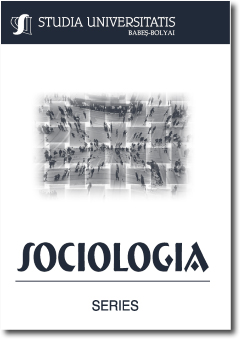THE STRUCTURE OF NARRATIVE FORMS
THE STRUCTURE OF NARRATIVE FORMS
Author(s): Imre PászkaSubject(s): Social Sciences
Published by: Studia Universitatis Babes-Bolyai
Keywords: narrative story forms; life story; autobiography.
Summary/Abstract: This work is a single segment of a monograph (Pászka 2007; 2009), which compares the structure of life story with that of autobiography. It argues that both of them share the same comprehension and interpretational scheme, and describes their characteristics in both methodological and theoretical ways. The narrative story forms, such as life story, autobiography and all other story types, which focus on everyday life, are interdisciplinary fields. Beyond sociological approaches, it requires social-psychological, theory-historical, literature-theoretical, cultural and social-anthropological knowledge. All these different approaches can be derived from hermeneutical phenomenology (Husserl, Schutz, Gadamer and Weber). The transformation method created by the expansions is different from the old and new biographical methods, in that the narrative parts are considered talk-acts, in which the mental view of the society is discursively constructed and becomes objective in sentences. This method requires therefore an operation which clarifies the representation of experiences in oral texts, reading, writing and perceiving. The aim of the study was to widen and expand these theoretical frameworks, using basically genetic, longitudinal, synchronic and comparative methods. New concepts are introduced, which refer to the comprehension of the narrative story forms, using aggregates.
Journal: Studia Universitatis Babes-Bolyai - Sociologia
- Issue Year: 55/2010
- Issue No: 1
- Page Range: 203-218
- Page Count: 16
- Language: English

